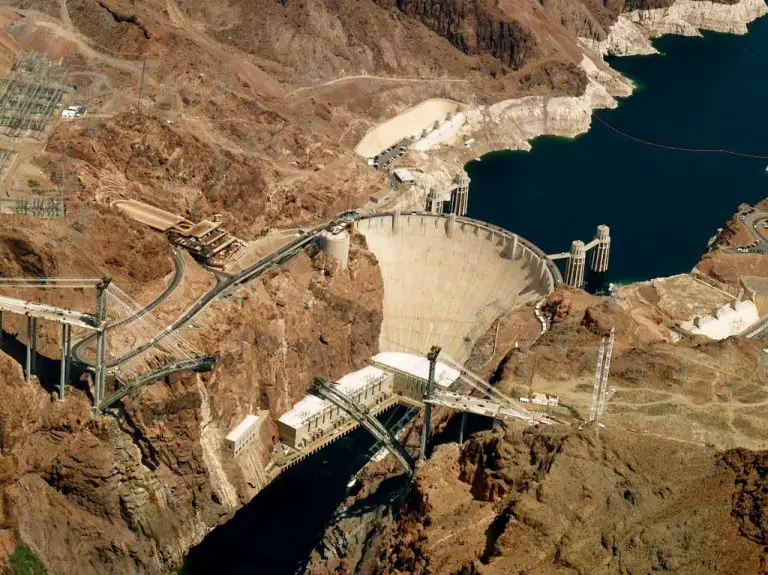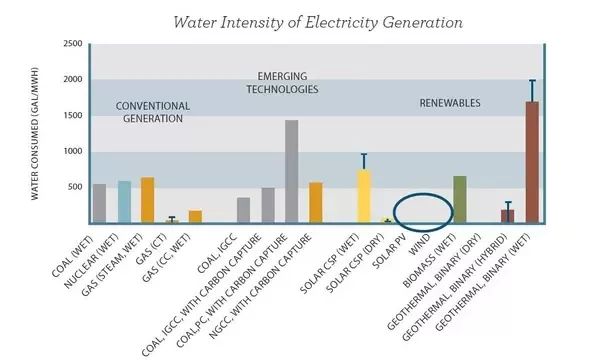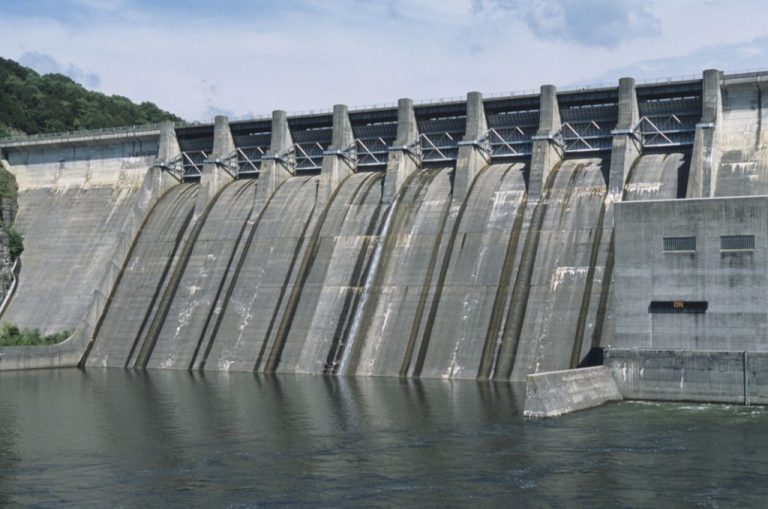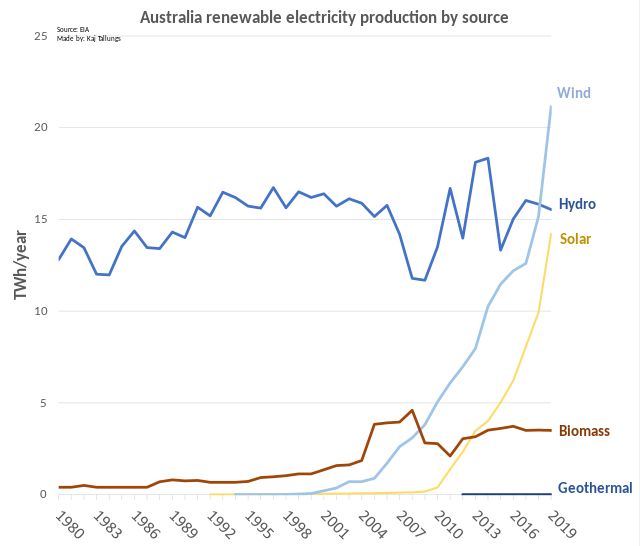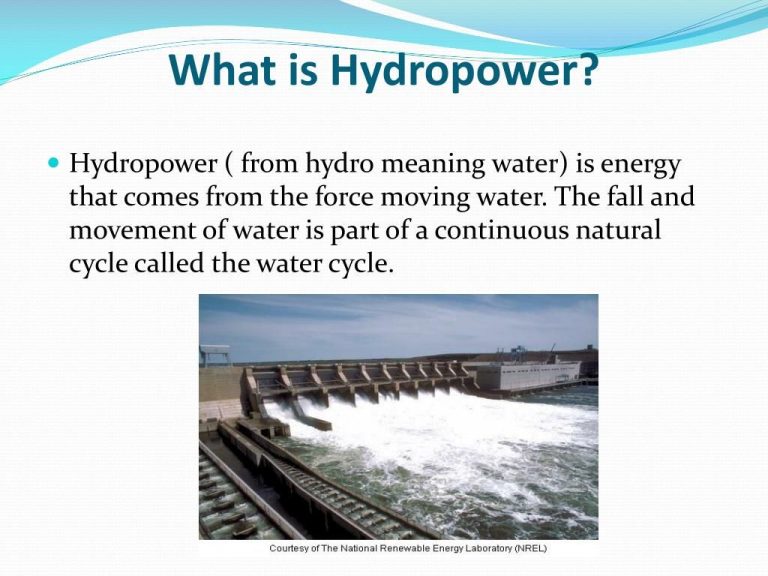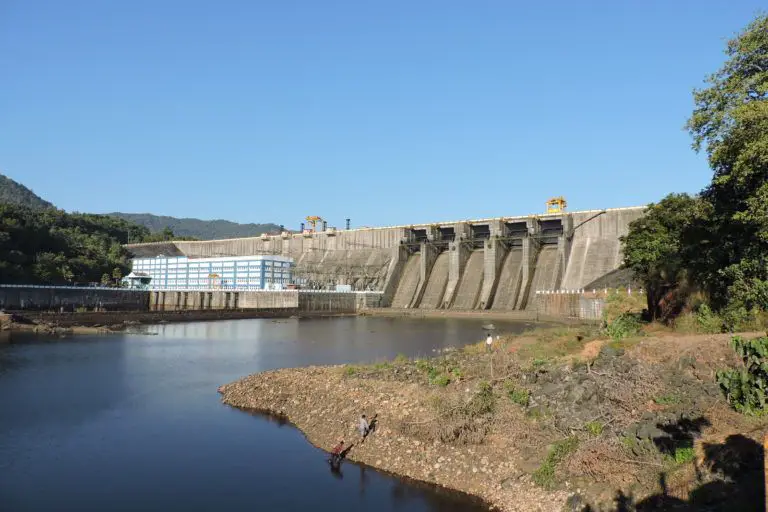Why Do Canadians Call It Hydro?
Many people find it curious that Canadians often refer to electricity as “hydro” instead of simply electricity. Though not universally used across the country, this lingo is common enough that visitors to Canada and newcomers are often confused when they hear Canadians talk about their “hydro bill” or having their “hydro cut off”. So where does this peculiar nickname for electricity come from, and why has it stuck around in the Canadian lexicon?
History of Hydroelectric Power in Canada
Hydroelectric power has a long history in Canada dating back to the late 1800s. Some of the earliest hydroelectric developments occurred in Ontario, Quebec and British Columbia. In 1881, the first small hydroelectric power plant was built on the Ottawa River near Hull, Quebec to provide electricity for a sawmill [1]. This was followed in 1885 by a 200 kW power station at Niagara Falls, the first one on the Canadian side. It provided electricity to local industries [2].
In the early 1900s, larger hydroelectric projects started coming online. The Edward Dean Adams Power Plant was built in 1902 on the St. Lawrence River near Cornwall, Ontario and at 14.6 MW was the largest hydro plant in Canada at the time [1]. British Columbia saw rapid growth in hydroelectricity with several plants built to provide power for growing mining and forestry industries [3].
By 1920, hydro accounted for over 50% of Canada’s electricity generation as projects got bigger to meet industrial demand. The importance of Canadian hydroelectricity was cemented, setting the stage for large-scale expansion in the coming decades [2].
Abundance of Hydro Resources
Canada is rich in hydroelectric resources due to its unique geography and climate. The country contains over 20% of the world’s freshwater supplies, including major river systems like the St. Lawrence, Churchill, Columbia, and Nelson.
Glaciers and snowmelt from the Rocky Mountains feed major rivers in western Canada that are suitable for large hydro dams. The mountainous terrain in British Columbia and Yukon also creates opportunities for run-of-river hydro projects.
In central and eastern Canada, the Great Lakes and the Canadian Shield produce extensive river networks with significant elevation changes, ideal for hydroelectric generation. Major rivers in the region include the Ottawa, Moose, and Churchill.
According to Natural Resources Canada, hydro resources are available for development in every region, making it a truly national energy source.
Major Hydroelectric Projects
Canada has an abundance of major hydroelectric projects across the country that provide clean, renewable electricity. Some of the largest and most well-known projects include:
Niagara Falls – This iconic waterfall on the border between Ontario and New York state contains multiple hydroelectric power stations with a combined capacity over 4,400 megawatts. Major facilities on the Canadian side include the Sir Adam Beck Hydroelectric Generating Stations operated by the Ontario Power Generation utility.
Churchill Falls – Located in Labrador, this is one of the largest underground power stations in the world. The 5,428 MW facility was completed in 1971 and is operated by Newfoundland and Labrador Hydro.
James Bay Project – A massive development in northern Quebec that consists of several phases with total capacity exceeding 16,000 MW. Major installations include the Robert-Bourassa and La Grande-4 generating stations, among the largest hydro dams in Canada. The project harnesses the hydro power of several rivers that flow into James Bay.
These landmark projects and numerous others across the country have played an important role in Canada’s abundant hydroelectricity supply. The scale of these facilities reflect Canada’s vast hydro resources and the country’s leadership in hydroelectric power generation (https://www.miningandenergy.ca/energy/article/top_10_hydroelectric_dams_in_canada/).
Rise of Provincial Power Authorities
In the early 20th century, several provincial governments established power authorities to develop hydroelectric resources and deliver electricity to customers. Some of the major power authorities founded during this time include:
- Ontario Hydro – Formed in 1906 to develop hydroelectricity in Ontario. It built several large dams and generating stations, helping make Ontario one of the largest hydroelectricity producers in North America.
- Hydro-Québec – Created in 1944 by the Quebec government, Hydro-Québec developed major hydro sites like Manic-Outardes on the North Shore and La Grande Complex in northern Quebec. By the 1960s it was one of the largest utilities in Canada.
- BC Hydro – British Columbia established the BC Electric Company in 1961 to consolidate electric companies and develop hydro resources like the Peace River. In 1980 it became BC Hydro.
- Manitoba Hydro – Founded in 1961 as a provincial crown corporation. It operates 15 hydroelectric generating stations, providing over 95% of Manitoba’s electricity.
These provincial power authorities led massive hydroelectric development projects and established integrated power grids, allowing Canadian provinces to take advantage of their abundant water resources for electricity generation [1].
Hydroelectricity and Canadian Identity
Hydroelectricity became an important part of Canadian identity and nationalism in the 20th century. As the provinces developed their massive hydroelectric projects, power generation became a source of pride. According to Wikipedia, “the scale of hydroelectric development in Canada strongly contributed to a sense of national pride.”
High-profile projects like the Churchill Falls in Labrador, Manic-Outardes in Quebec, and W.A.C. Bennett Dam in British Columbia represented Canada’s ability to develop its natural resources and build grand engineering projects. Hydroelectricity let Canada power major industries and electrify rural communities across huge distances.
During the 1960s Quiet Revolution in Quebec, hydroelectric development became tied to the province’s nationalist movement. Developing provincial hydro resources signaled Quebec’s control over its own economy and future, according to Canadian Geographic. This cemented hydro as a source of identity.
‘Hydro’ Enters the Lexicon
As hydroelectric projects expanded rapidly across the country in the mid 20th century, Canadians adopted the shorthand ‘hydro’ to refer to hydroelectricity in everyday language. The immense scale of hydroelectric development made it a defining feature of Canada’s infrastructure and identity. Canadians grew accustomed to thinking of their electricity as ‘hydro’, and the term entered the national lexicon.
Using ‘hydro’ as shorthand helped differentiate Canadian hydroelectricity from other forms of power. It also reflected the pride Canadians had in their country’s hydro resources. The spread of huge hydroelectric dams and provincially-owned hydroelectric utilities cemented ‘hydro’ in the Canadian vocabulary. For Canadians, ‘hydro’ and hydroelectricity became synonymous.
Hydroelectricity Remains Important
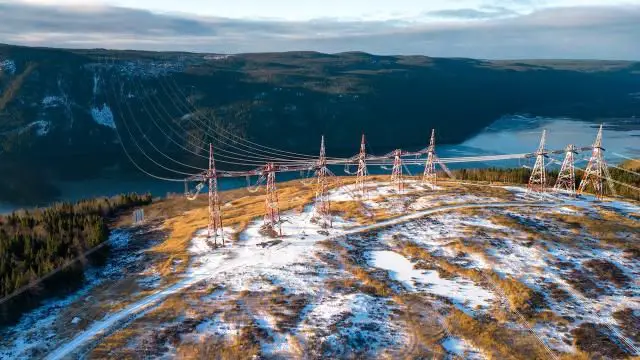
Hydroelectricity continues to be a major power source in Canada today. According to a 2021 report from Natural Resources Canada, hydroelectricity accounted for 59.3% of Canada’s total electricity generation in 2019 [1]. This reliance on hydroelectric power varies by province, with some provinces like Quebec generating over 90% of their electricity from hydro resources [2].
New hydroelectric projects continue to come online as provinces expand their renewable energy portfolios. The Site C dam in British Columbia and the Muskrat Falls project in Labrador are two major projects underway. Existing dams are also being updated and expanded to increase generation capacity [3].
Looking ahead, hydroelectricity is positioned to remain the backbone of Canada’s electricity supply. Upgrades to existing infrastructure and new run-of-river projects will help provinces meet rising electricity demand through clean, renewable hydro power.
Other Uses of ‘Hydro’
‘Hydro’ is also used more broadly for electricity utilities in Canada. Many provinces refer to their provincial electricity companies and authorities as ‘Hydro’ companies. For example, BC Hydro in British Columbia, Manitoba Hydro, and Hydro One in Ontario. These utility companies often generate a significant portion of electricity from hydroelectric sources, which helps explain the association of ‘hydro’ with electricity more generally in Canada.
Canadians will often refer to their electricity or electric bill as their ‘hydro bill’, regardless of the actual energy sources used to generate the electricity. The term has become synonymous with electricity and electrical power. So even in provinces or areas that rely more heavily on other energy sources like coal or nuclear, residents may still colloquially refer to their electricity as ‘hydro’. This reflects the strong historical legacy of hydroelectricity across much of Canada.
Conclusion
To summarize, Canadians came to refer to electricity as ‘hydro’ because of the nation’s long history and close association with hydroelectric power. In the late 19th and early 20th centuries, Canada began harnessing its abundant hydro resources to generate electricity for homes and industry. Massive hydroelectric projects were constructed, especially in provinces like Ontario, Manitoba, Quebec, and British Columbia. Provincially-owned electric utilities, commonly known as ‘hydro companies’, distributed this hydroelectricity and promoted its benefits. Hydroelectricity became closely linked to Canadian identity and prosperity. The term ‘hydro’ caught on as shorthand for hydroelectricity and became entrenched in the Canadian lexicon. Even as new electricity sources emerge, hydro remains vital to Canada’s energy mix and the term continues to be used coast to coast. For Canadians, hydroelectricity and ‘hydro’ are an integral part of the national heritage.

